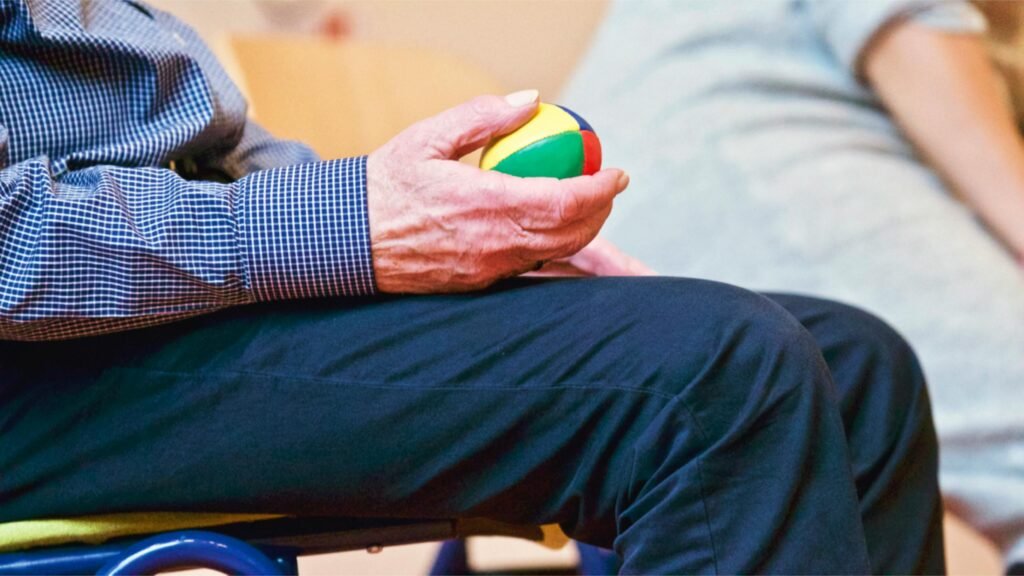Definition:
The peripheral nervous system (PNS), which is made up of all the nerves that are not part of the brain or spinal cord, is affected by the acute autoimmune disease known as Guillain-Barré Syndrome (GBS). The immune system attacking the myelin sheath and occasionally the axons of peripheral nerves causes a sudden onset of muscular weakness and paralysis.
Etiology:
A respiratory or gastrointestinal infection is frequently the cause of Guillain-Barré Syndrome. It is linked to bacteria (such as Campylobacter jejuni) and viruses (such as cytomegalovirus and Epstein-Barr virus). The precise mechanism is believed to include molecular mimicry, in which peripheral nerve components that resemble the infectious pathogens are wrongly targeted by the immune system..
Symptoms:
The patients are typically presents with:
- Muscle weakness: May start in the legs and progress to the arms and upper torso. In more severe situations, the breathing muscles may also be affected.
- Areflexia: Deep tendon reflex loss is known as areflexia.
- Sensory disturbances: Usually beginning in the fingertips and toes, numbness, tingling, and discomfort.
- Autonomic dysfunction: Variations in heart rate, blood pressure, and problems voiding or passing gas.
- Pain: Usually in the legs or lower back.
- Rapid Onset: GBS symptoms can manifest quickly, sometimes within hours or days. The syndrome’s distinctive feature is its quick onset.
- Variability in Symptoms: GBS symptoms might differ greatly from person to person. While some people may just have minor symptoms that go away on their own, others may become severely paralyzed and need critical treatment.

Diagnosis:
It is diagnosed based on clinical features and supported by:
- Nerve conduction studies and electromyography (EMG): Electromyography (EMG) and nerve conduction investigations are used to confirm the diagnosis of GBS, which is based on clinical characteristics. Display signs of nerve conduction slowing and demyelination.
- Lumbar puncture: Cerebrospinal fluid with elevated protein levels and a normal white cell count (albuminocytologic dissociation) following lumbar puncture.

Course:
It typically develops from a few days to several weeks, peaking in about four weeks. A plateau period and a recovery phase, which may extend for several months to years, come next. Relapses or the development of chronic inflammatory demyelinating polyneuropathy (CIDP) are possible outcomes for certain people.
Treatment:
The goal of treatment are to lessen the severity of symptoms and encourage healing.
- Plasmapheresis: By using plasmapheresis, blood-borne antibodies that target nerves are eliminated.
- Intravenous immunoglobulin (IVIG): Contains healthy donor antibodies to counteract pathogenic antibodies.
- Supportive care: includes pain management, autonomic dysfunction monitoring, and mechanical ventilation in cases of respiratory failure.
- Rehabilitation: To regain function and strength, physical therapy and occupational therapy are used.
Prognosis:
For this disease, there are many outcomes. Within weeks to months, the majority of patients recover completely or in part, although some may experience persistent symptoms including weakness. The likelihood of a successful recovery increases with early and intensive treatment. If treatment is delayed, severe cases of respiratory failure may become fatal.
Conclusion:
Guillain-Barré Syndrome (GBS) is an uncommon but dangerous neurological condition that can include paralysis, respiratory failure, and muscle weakness. Although the precise etiology is unknown, illnesses, such as some bacterial or viral diseases, frequently come before it. The management of GBS and the improvement of outcomes depend heavily on early detection and timely treatment.
Treatment options that can help lessen the intensity and duration of symptoms include plasma exchange (plasmapheresis) and intravenous immunoglobulin (IVIG) therapy. Rehabilitative treatment is crucial for promoting healing and strength gain. Many GBS patients do recover with time and the right care, despite the illness’s difficulties. In order to ensure prompt treatment, people should consult a doctor if they exhibit symptoms suggestive of GBS, particularly following a recent infection.
FAQs
What is Guillain-Barré Syndrome (GBS)?
In GBS, a rare neurological condition, the immune system of the body attacks its own nerves, causing muscle weakness and occasionally paralysis.
What causes GBS?
Although the precise etiology is unknown, diseases such as gastrointestinal or respiratory infections, or less frequently, surgeries or immunizations, are the prevalent precursors to it.
What are the symptoms of GBS?
The condition frequently begins with tingling and weakness in the legs and can eventually cause total body paralysis. Additional symptoms include trouble moving the eyes, controlling the muscles in the face, speaking, chewing, or swallowing.
Is GBS contagious?
No, GBS cannot spread. It is an autoimmune disease brought on by the body’s immune system reacting to an infection or another stimulant.


1 thought on “Guillain-Barre Syndrome: Comprehensive Guide to Symptoms, Causes, and Treatment”